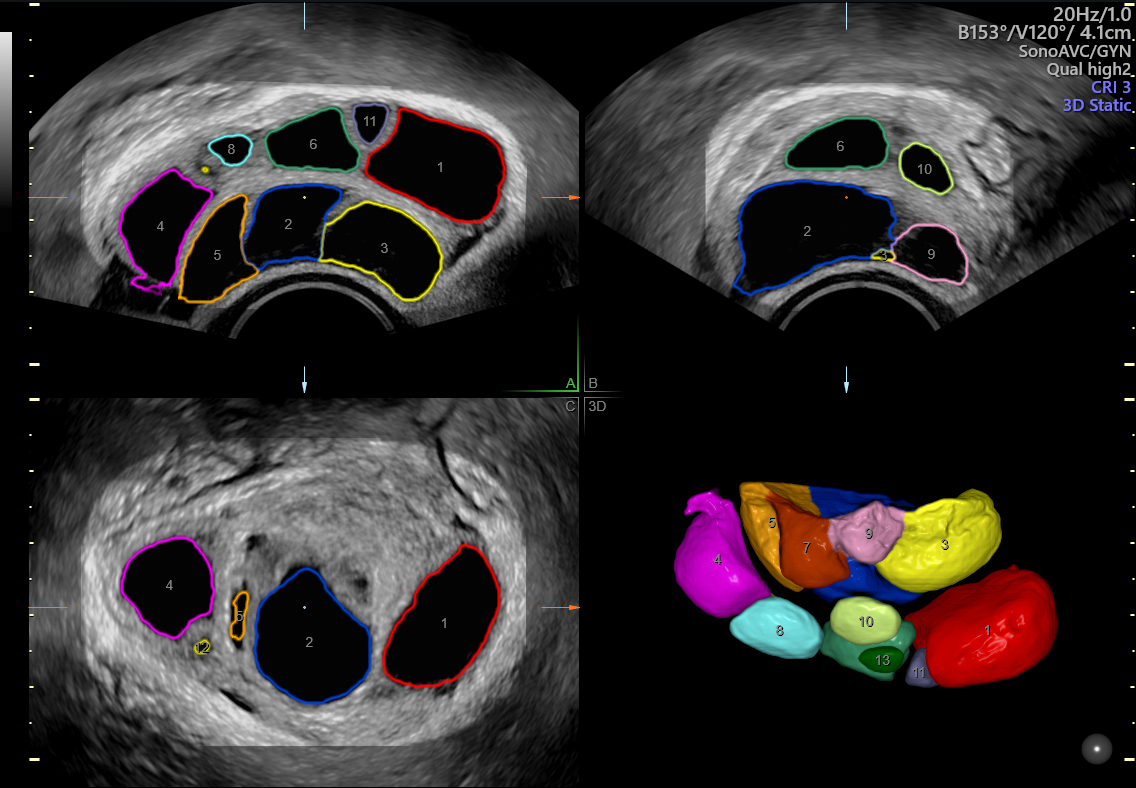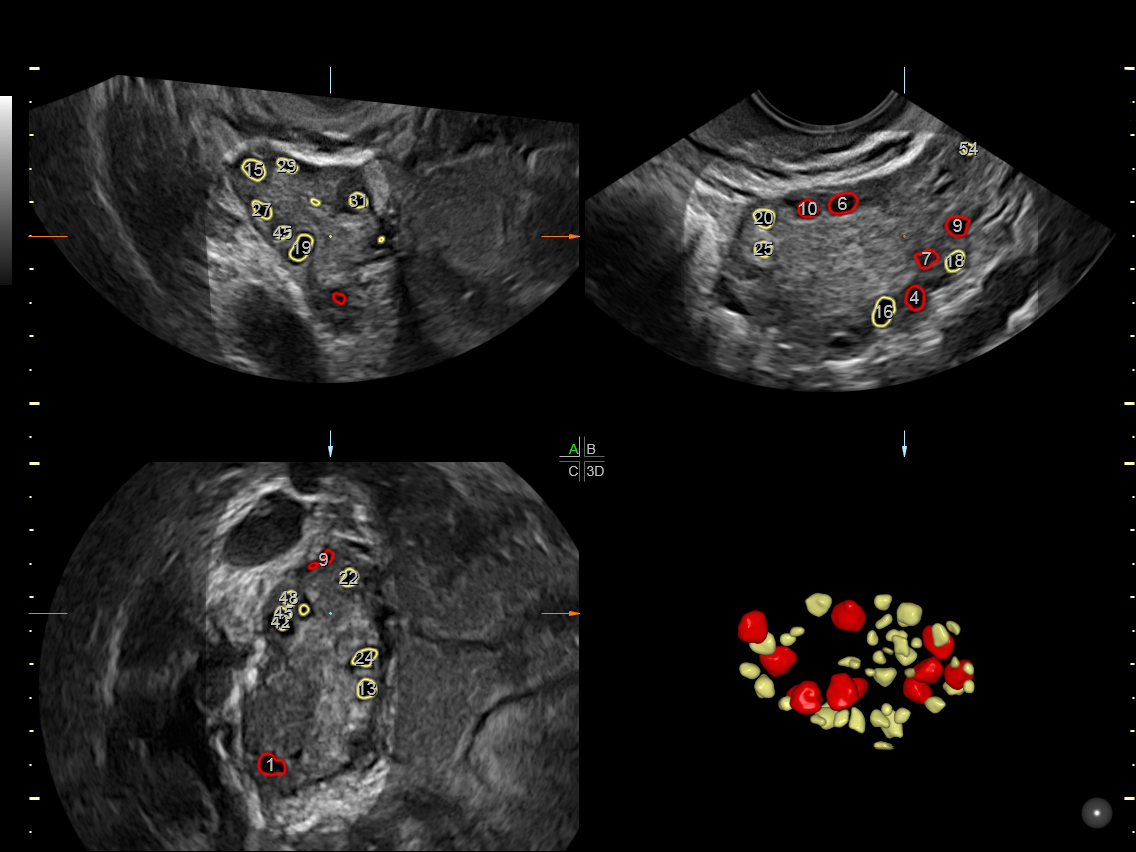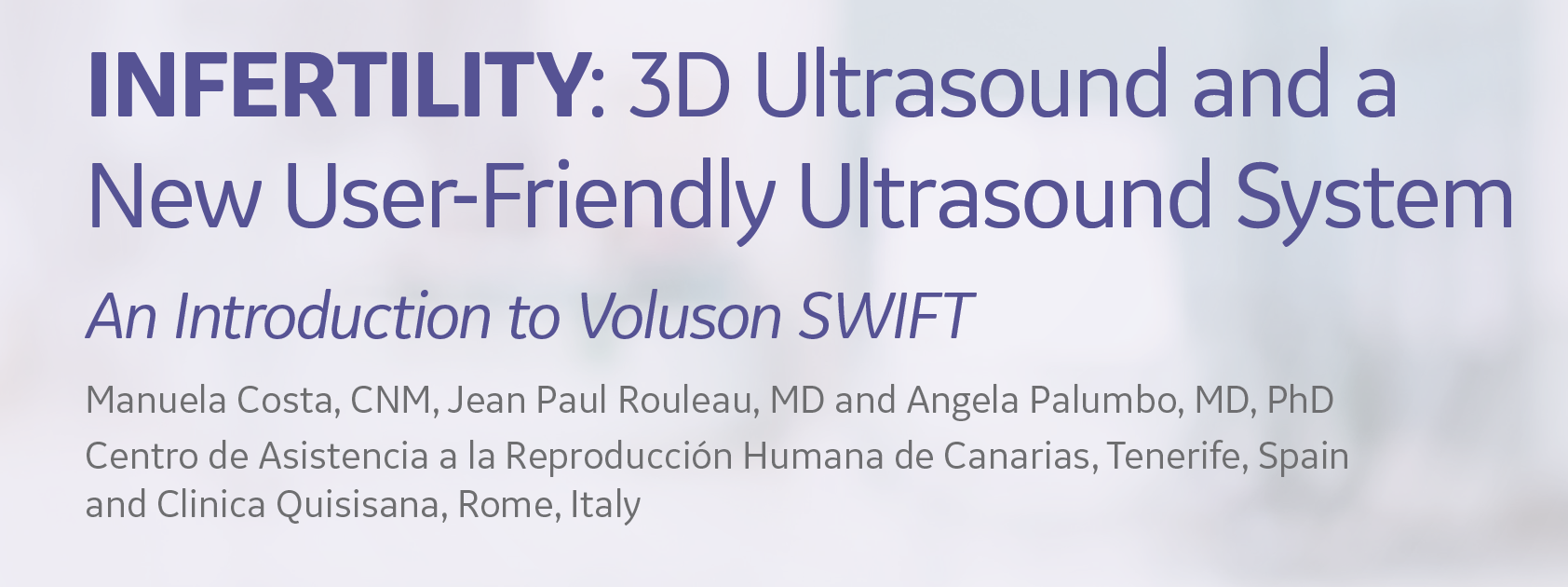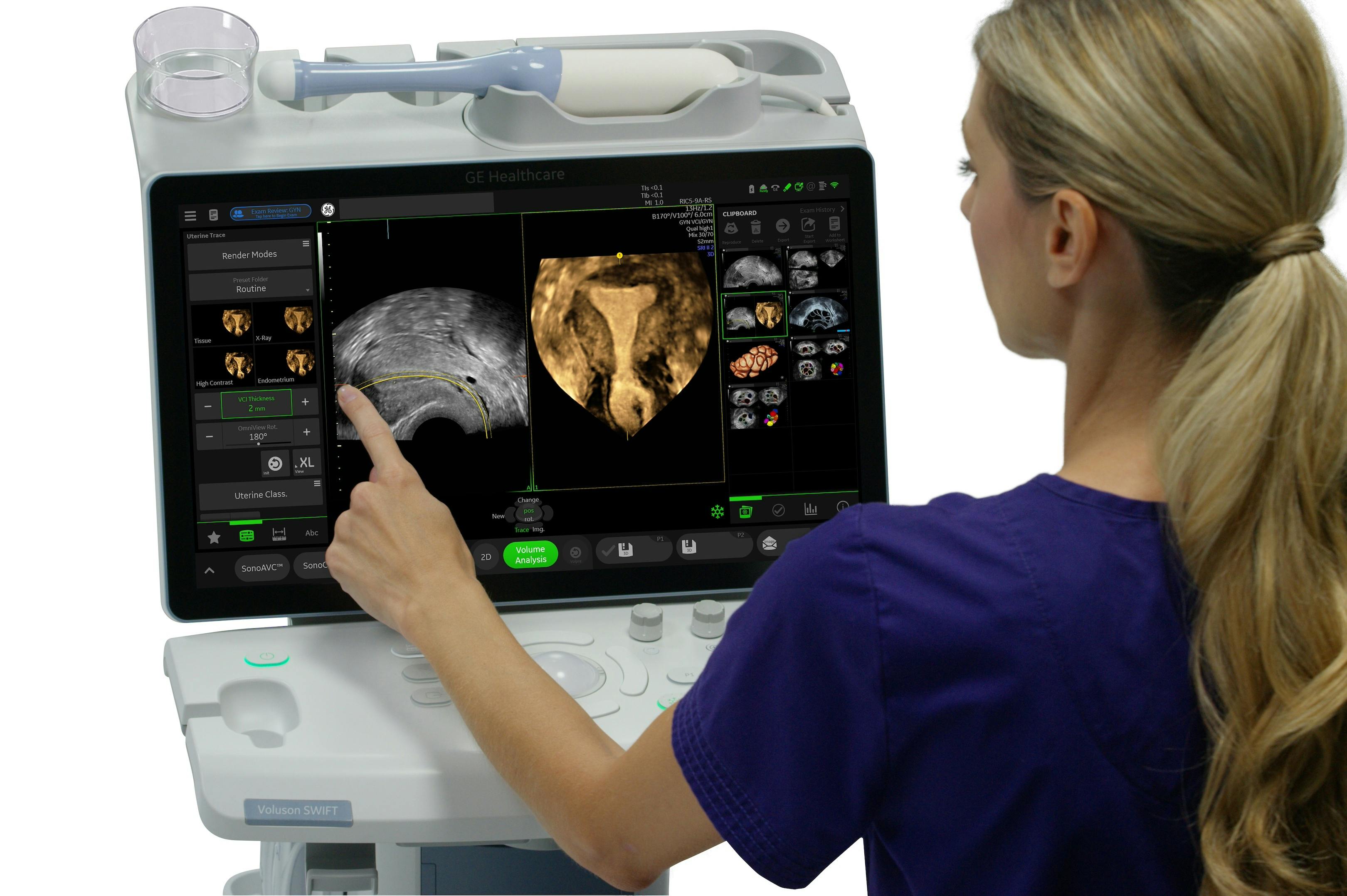According to 2018 conference proceedings published in the American Journal of Obstetrics and Gynecology (AJOG) and the Journal of Ultrasound in Medicine (JUM), reproductive clinicians broadly agree that ultrasound should be the first line of imaging for patients. The modality remains the most accurate and effective means of imaging the female pelvis, yet not all reproductive specialists rely on ultrasound, suggesting the need for increased user training and easy-to-use ultrasound systems.
The need is particularly acute given fertility trends in many areas of the world. More and more people are postponing pregnancy until later in life, egg freezing is on the rise and increasing numbers of single individuals and same-sex couples are turning to assisted reproductive technologies (ART) to start their families.
Such trends may further sharpen the push for efficiency in reproductive technology. Then, targeted advances in ultrasound capabilities can address the challenges of modern-day clinical practice.
Ultrasound: Finding the Path Forward
Ultrasound requires some level of skill and training to capture effective images. Yet skill development is hampered by the lack of consistency in ultrasound training in U.S. residency programs, the AJOG/JUM proceedings report.
The time spent on ultrasound in residency programs has waned amid increased educational demands and limited hours, according to a 2018 report published in AJOG. Although on-the-job training may make up for some of the educational shortfalls, early- or mid-career skill development can be an added burden in an already-busy practice. Moreover, many reproductive clinicians use the imaging modality too infrequently to develop the necessary skills in the workplace. So, how can innovations in ultrasound technology meet these challenges?
Addressing the Education Gap
Ultrasound systems equipped with targeted educational features may help busy clinicians brush up on their skills. These features include built-in tutorial videos and reference images.
A simple, intuitive display and touchscreen that requires minimal formal training are other features that help clinicians master ultrasound technology quickly.
Increasing Efficiency
Newer 3D ultrasound designed for ease of use may increase efficiency in reproductive technology. Modern ultrasound systems offer features that expedite some common clinical tasks, including tools to automate measurements, such as follicle counts.
For reproductive specialists, automating follicle counts saves precious minutes spent monitoring patients multiple times during hormone treatment. Patients often also appreciate shorter visit time as well.


Adaptability
Ultrasound advances could also prove instrumental in addressing the complex workflows and space constraints that arise in assisted reproduction practice.
Given the small footprint of many practices, a slimmed-down, lightweight ultrasound unit makes fitting in new equipment easier for private practices, with a narrow profile that is easily moved between patient rooms or from one location to another. Easy-to-clean probes, a touchscreen and a reduced number of hand controls save valuable time disinfecting between appointments, freeing staff to devote more quality time with patients or see more patients in the daily schedule.
Finally, advances such as a platform with built-in HIPAA-compliant secure image sharing can streamline the process of distributing and interpreting ultrasound images with a surgeon or other colleague.
As fertility trends demand new efficiencies in reproductive technology, serving this growing swath of patients calls for ultrasound advances that address the realities of a modern-day practice. Understanding these myriad challenges can inform the clinical world's hunt for solutions.
Interested in learning more? Click HERE





